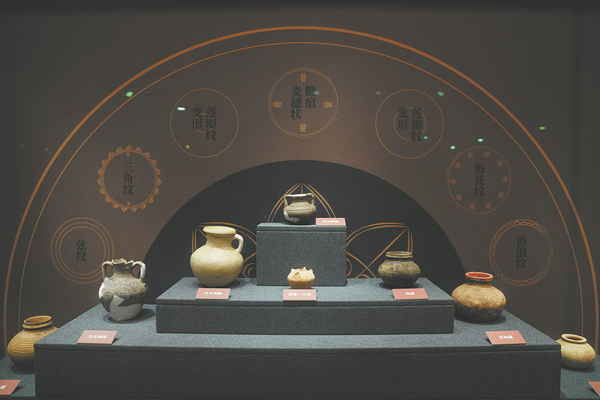

Structure provides new insight into a once thriving and pivotal society, Mao Weihua in Urumqi and Chen Meiling report.
A newly opened museum at an ancient tomb site in the Xinjiang Uygur autonomous region allows visitors to observe a key ancient city state on the Silk Road from up close.
Visitors thus learn about social structures, religious beliefs, artistic styles and daily life of the state, known in ancient documents as Qiuci, or as Kucha.
The Qiuci Wei and Jin Ancient Tomb Site Museum, built underground in the downtown area of Kuqa city in Aksu prefecture, officially opened to the public on July 15. By building the museum on the actual site itself, fragile remains can be better preserved from damage, according to the museum.
Qiuci was a city-state oasis on the southern edge of the Tarim Basin that dates back to the Western Han Dynasty (206 BC-AD 24). Due to its environmental and geographical advantages, it occupied a special position in cultural exchange in today's Xinjiang region, and even across the Eurasian continent. It had close political and economic exchanges with dynasties in the Central China Plains region, which governed the oasis from the Western Han period.